When COVID-19 hit, Dr. Gabriella Blakey and John Dufay found themselves under an unfamiliar spotlight. As Chief Operations Officer and Executive Director of Facilities and Support Operations for Albuquerque Public Schools, they were unaccustomed to intense public scrutiny.
“Suddenly everyone was interested in facilities and questioned everything we were doing,” Blakey recalled. “Previously, nobody really cared.”
With 14 million square feet of space spread across a district that covers 1,200 miles, Blakey and Dufay had their work cut out for them. As they set about preparing APS’s 195 schools for the safe return of its 88,000-plus students, they realized they needed to find a way to communicate their work to the broader public.
“How can we translate the hard work that our employees are doing to have our facilities ready?” Blakey had asked herself. “Or, in many of the cases, our facilities were already up to standard, but nobody really trusted or believed us because they thought this was something new – that you had to have ventilation in schools.”
To bridge this communication gap, APS launched a public dashboard tracking each building’s readiness for reopening. In a presentation at the K-12 Facilities Forum, Blakey and Dufay explained the work that went into maintaining this dashboard and how it earned them an unprecedented level of public trust.
A Neutral Resource
The APS dashboard assembled a wealth of information all directed toward a single purpose: empowering parents, students, staff, and other stakeholders to see that when they returned to the district’s buildings, they could do so safely. Blakey stressed that her team was not attempting to influence political decision-making either way; rather, they sought to create a resource that would stand firm irrespective of political winds.
“We can let everyone argue, but I don't want any child to not come to school because their parents don't think the building is ready,” she said. “So we put all the information out to the public that was needed, so that people would feel comfortable, at least with the information regarding their particular school.”
“All” is no exaggeration. The dashboard provides up-to-date information on a school’s PPE stocks, safety signage, air filtration, fire marshal inspection status, UVC disinfection unit installation progress, and much more. Users can filter by school and by classroom, even checking whether the windows open or exactly what type of PPE is available.
“You can drill down to the exact classroom, what air filter unit they have, when the filter was replaced, and you can see how many classrooms are connected to that particular unit,” Blakey said.

Albuquerque Public Schools windows.
For APS buildings that use radiant heat – and therefore don’t have HVAC units – the dashboard confirmed that their dampers had been removed, allowing for fresh air supply. For newer buildings able to accommodate air filters, the dashboard kept track of their rating (MERV 9 or MERV 13) and installation status. For buildings with windows designed to be opened, the dashboard confirmed that they were indeed openable. This particular indicator required APS to send workers classroom-by-classroom and manually test their windows, but the efforts paid off.
“It became one of the best things in the classroom,” Dufay said. “The teachers loved it. Once we opened up the windows they were saying, ‘Wow, we even get fresh air.’ And we still had the ventilation, but it met ASHRAE standards if you had enough air exchanges and you had the windows open. It took about two windows per classroom.”
The dashboard took all these data points and used them to color-code each APS building – red, yellow, or green – letting the community know whether it was ready to reopen. What Blakey and Dufay discovered, however, was that the tool ended up doing so much more than that.
Transparency, Responsibility, Trust
In addition to tracking individual building health and safety specs, the dashboard offered a window into the APS’s maintenance operations, giving families and staff real-time data on every work order in the district. Publicizing this information, it turned out, relieved a great deal of pressure.
“The questions kind of died down a bit,” Blakey said. “The principals really kept on top of their work a lot more, because they knew, ‘Oh, wait, I haven’t put in a work order for something,’ or, ‘I don’t have the PPE, I need to go get it.’ Just adding that transparency also makes people responsible for knowing the information is out there for anyone who might ask about it.”
It also turned out – surprise, surprise – that transparency earned considerable public trust. When APS sought a $630 million bond and mill levy for infrastructure upgrades and repairs, the Albuquerque Journal, a frequent critic, issued a resounding endorsement for the measure.
“They overwhelmingly approved it because there was such transparency,” said Dufay. “We weren't afraid of the public. We told them about our challenges. We talked about the good things about what we're doing and also the challenges that we have.” Voters ultimately passed the bond mill and levy, after rejecting a similar measure just a few years earlier.
For APS, transparency doesn’t stop with the public dashboard. Blakey and Dufay also publish a Maintenance & Operations Annual Report detailing every aspect of their performance in a given year, from how much money they spend on work orders to how much they save on energy rebates. They recently launched a mobile phone app that allows the district’s technicians to detect and track water leaks, saving hundreds of thousands of dollars each month. These initiatives are invaluable public relations tools, allowing APS to demonstrate both to families and government officials that it’s putting taxpayer money to good use.

“We’re sharing this with the public to show our responsibility,” Blakey said, reflecting on how different things were when she became Chief Operating Officer a few years ago. “I had come from the academic side of the house, and I saw this huge disconnect between what people think is happening and then what's really happening in Operations,” she recalled.
Even though the department was a well-oiled machine dedicated to keeping APS’s facilities safe, there was a widespread perception that it wasn’t doing much at all. Blakey realized she needed to find a way to tell her team’s story “in a very open way,” one that didn’t require logging into a Zoom call or showing up at a school board meeting.
With the dashboard, APS found a way to close that gap between the reality of its maintenance operations and the perception. “Everybody can see everything,” she said, stressing that it’s crucial to include both the good and the bad. “When things aren’t going well, we’re willing to show that too, so that people will support us in what we need in order to move the work forward.”

Posted by
Join us at the K12 Facilities Forum!
The community for district and facilities leaders
Nov 8-10, 2026 | San Antonio, TX



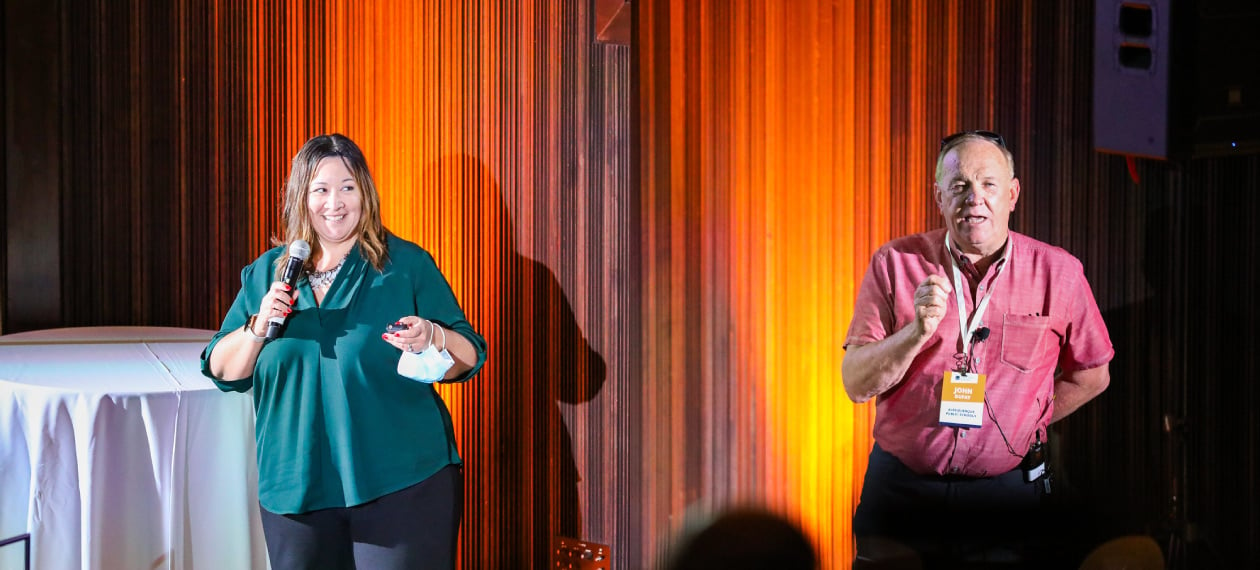

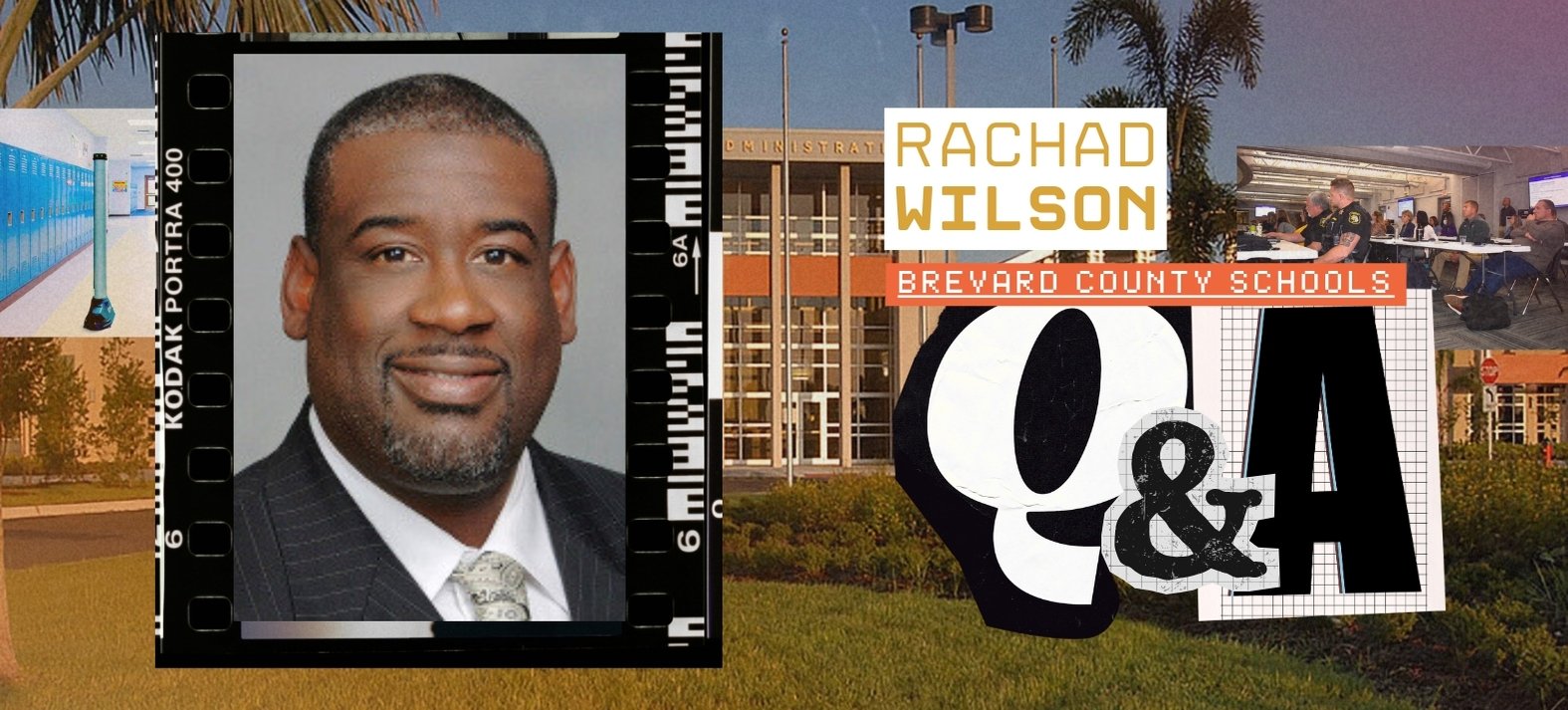
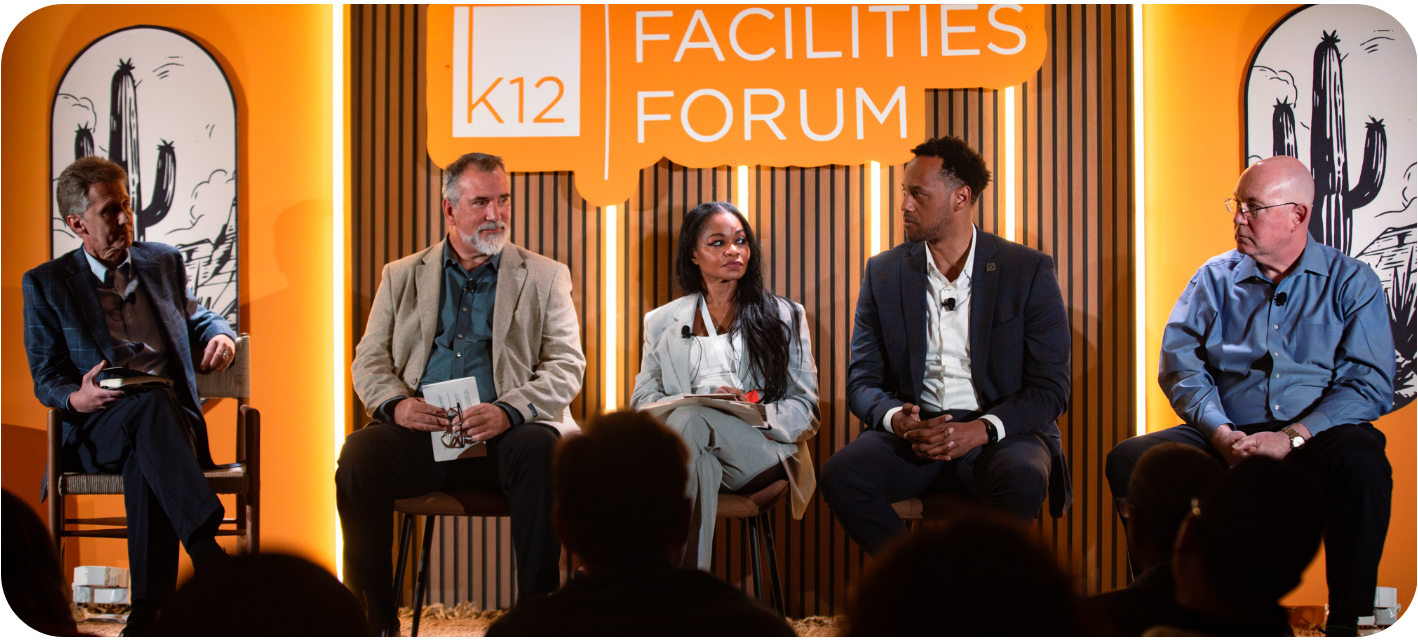
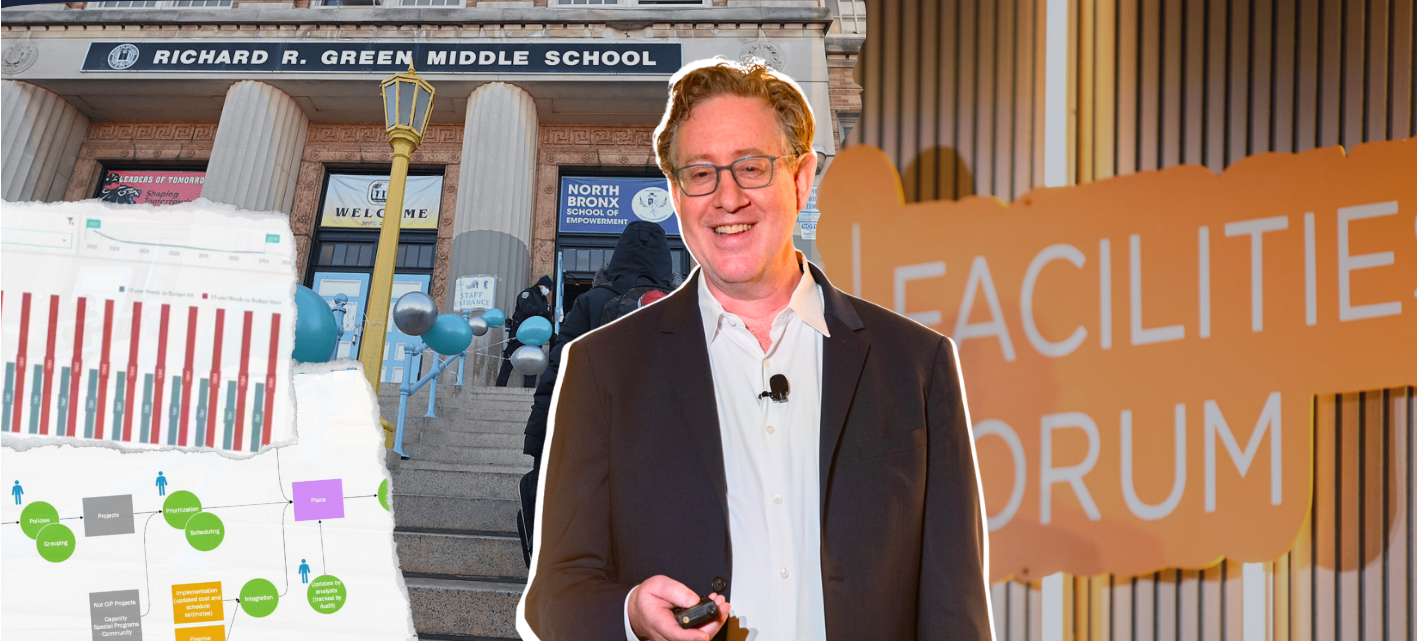
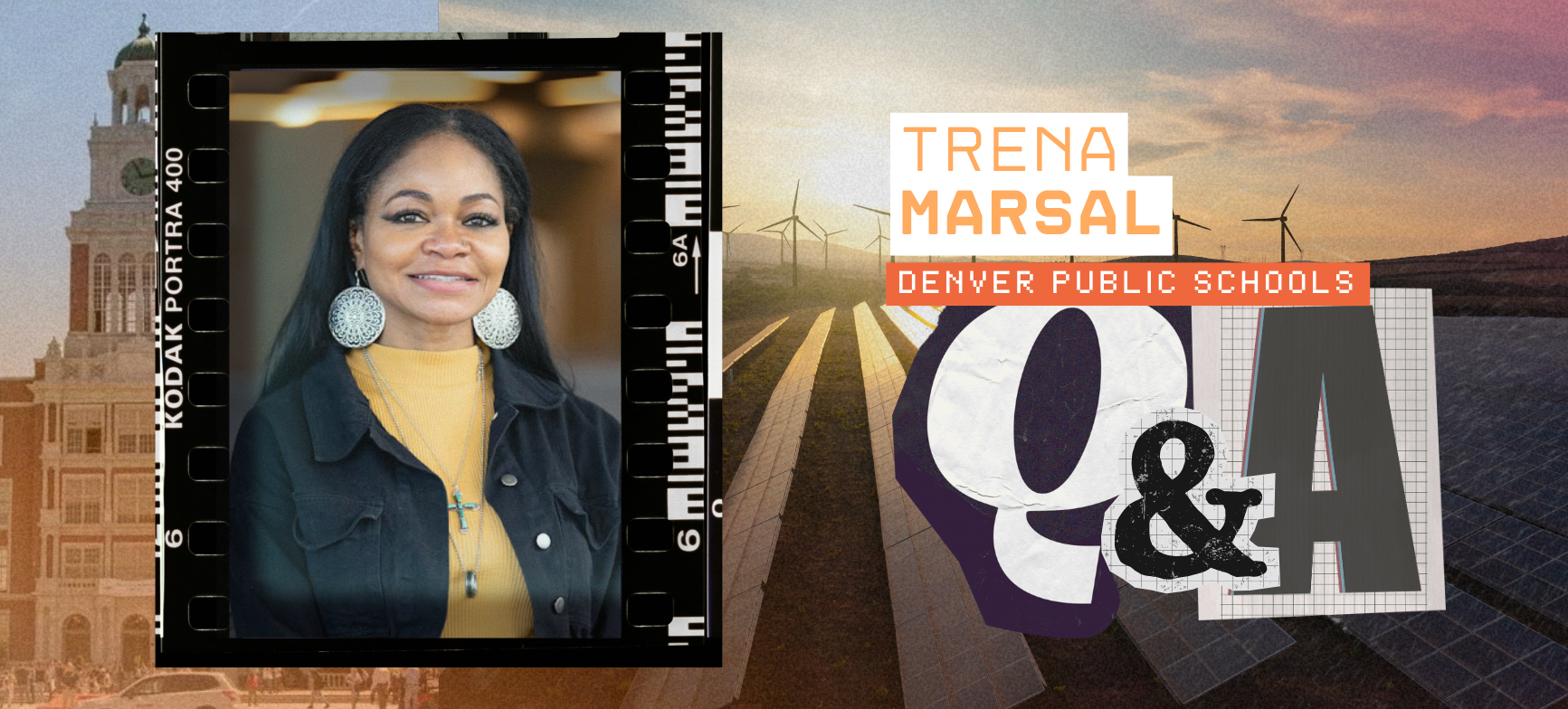
-3.png)

Comments